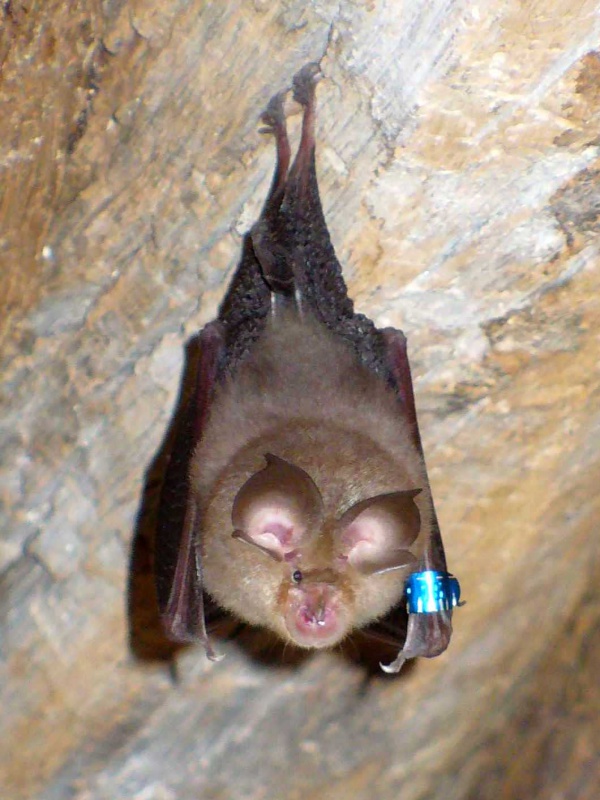Facts About Lesser horseshoe bat
The lesser horseshoe bat is a diminutive European species, easily identified by its distinctive horseshoe-shaped noseleaf. Weighing just 5 to 9 grams and with a wingspan ranging from 192 to 254 millimeters, it stands as one of the world's smallest bats. These bats possess soft fur and are agile hunters, preying on small insects such as flies, mosquitoes, butterflies, moths, and spiders. They employ echolocation to navigate and locate their prey, typically residing in colonies.
Mating occurs in the autumn, and by mid-June to early July, females give birth to a single pup. These pups achieve independence after six to seven weeks. During winter, the bats hibernate in caves, mines, and old buildings, favoring roosts in wooded areas or limestone habitats.
The lesser horseshoe bat can be found in regions including western Ireland, southwestern Britain, parts of Germany, the Mediterranean basin, North Africa, Asia Minor, and the Arabian Peninsula. In the UK, they are primarily observed in Wales and the Southwest of England. However, they face threats such as habitat destruction, changes in farming practices, and the disappearance of foraging areas.
These bats utilize echolocation frequencies between 93 and 111 kHz. They are safeguarded under various conservation laws and agreements, including the Habitats Directive in the European Union. To promote awareness about their conservation, BatLife Europe designated the lesser horseshoe bat as the Bat Species of the Year for 2018-2019.

 United Kingdom
United Kingdom